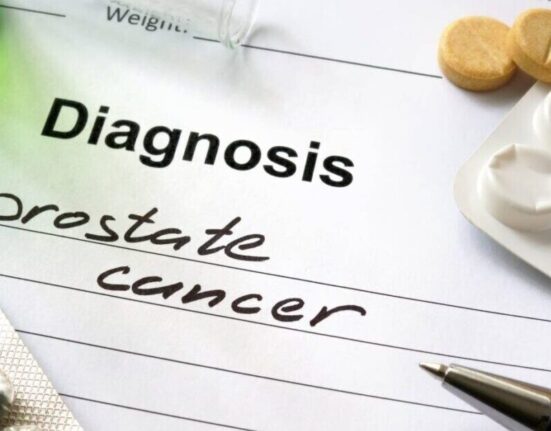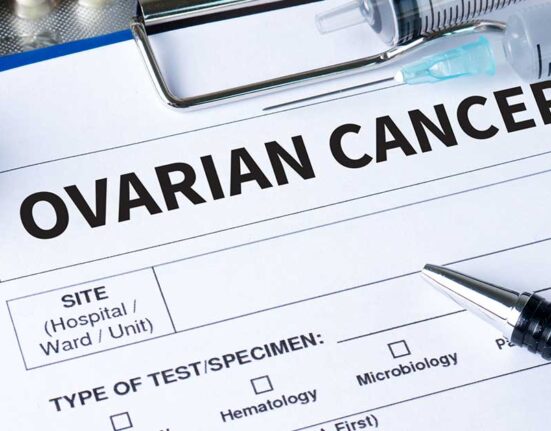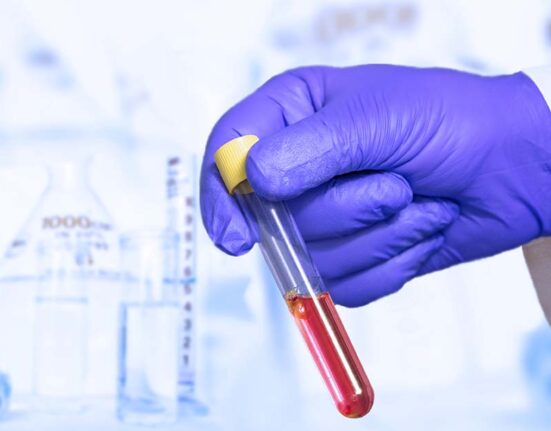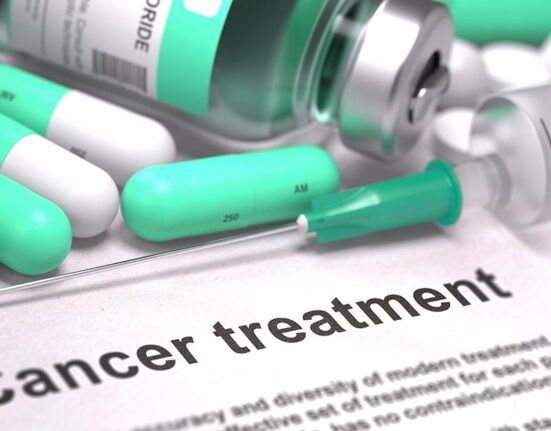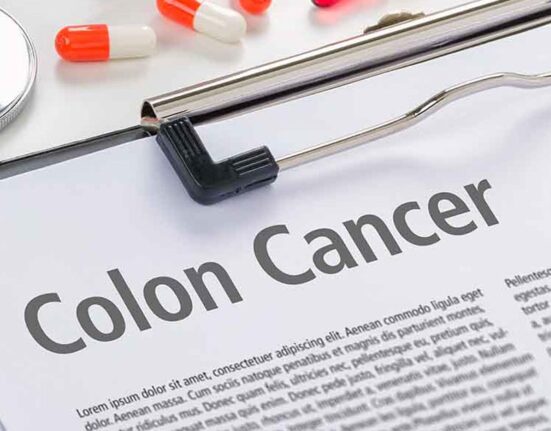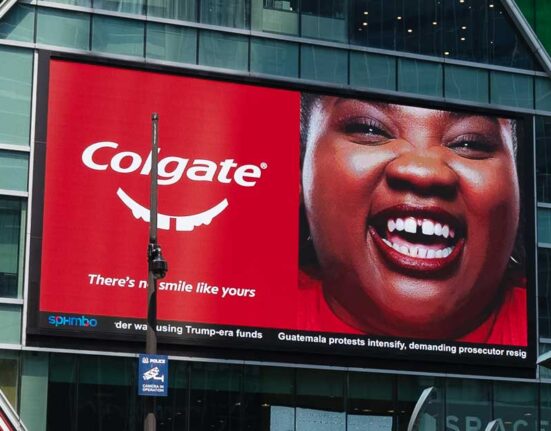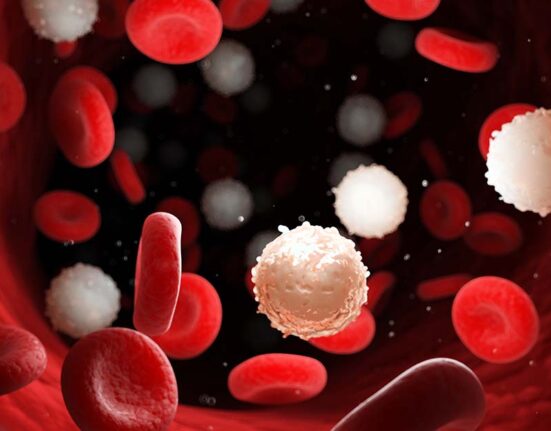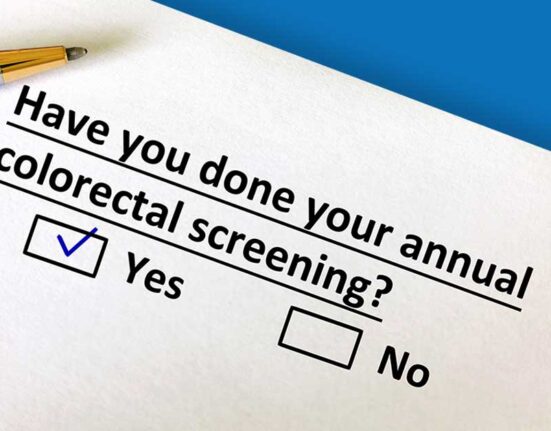There has been a flurry of reports and opinion pieces on the Straits Times in the past few months regarding insurance coverage of cancer treatment in Singapore, and on the new Ministry of Health rules on the coverage of cancer drugs under MediShield Life (from September 22) and Integrated Shield Plans (IP) (from April 23). Given that cancer is a top disease in Singapore, this issue of insurance coverage for cancer treatment is rightly a matter of concern for people in Singapore.
What Are the Changes to MediShield Life and IP Insurance Coverage for Cancer Treatment?
In August 2021, the Singapore Government announced that it has accepted the MediShield Life Council’s recommendations for making cancer treatment more affordable for Singaporeans. These include:
a. drawing up a list of “clinically proven and cost-effective” outpatient cancer drug treatments,
b. allowing only these cancer drug treatments to be claimable under MediShield Life, and
c. changing the existing claim limits from $3,000 per month (independent of cancer treatment drugs used) to $200 – $9,600 per month (depending on the drugs used).
The Ministry of Health said that the list will cover 90% of existing treatments in the public sector. In addition, the list grandfathers a number of commonly used treatments even though they do not meet the clinical and cost effectiveness criteria. In conjunction with this, the Government will increase its subsidies for cancer drug treatments and raise the eligible income criteria for Medication Assistance Fund (MAF), thereby making it available to more Singaporeans.
What Are the Implications of the Changes to MediShield Life and IP Insurance Coverage for Cancer Patients?
The introduction of differentiated caps for insurance cover for cancer treatment based on the drugs used can will help in negotiations with pharmaceutical companies since the insurance caps will limit how much hospitals can charge for the use of the drugs. The exclusion of non-approved treatments helps to keep insurance premiums in check. These thus benefit patients who use treatments and drugs in the approved list.
However, the list precludes drugs that may be effective in treating certain cases of cancer, if they do not meet the clinical and cost effectiveness criteria for inclusion in the list. This especially impacts patients on whom the approved drugs do not work well. These patients may end up being deprived of life-saving treatment if they cannot afford to pay for the drugs out of pocket.
Straits Times Senior Health Correspondent Salma Khalik argues in her 13 June 22 Opinion piece that these changes, while “sound(ing) eminently logical…… could result in poorer cancer care for patients here”, citing oncologists in Singapore saying that “they would use a new drug that is shown to be more effective, even before the drug has been approved by the regulator” as “(w)aiting for the approval process to be completed could deprive patients of better, and in some cases life-saving, care.”
Why Did the Ministry of Health Make These Cancer Insurance Coverage Rule Changes?
To understand the Ministry of Health’s rationale for these changes requires us to first understand their principles when it comes to the management of the public healthcare system. Their website states that “…Ministry of Health (MOH) believes in ensuring quality and affordable basic medical services for all.”
The Government’s objective when it comes to healthcare is thus to deliver basic healthcare at affordable prices to the public at large. One of the key means of doing so is controlling costs. The Minister for Health, Mr Ong Ye Kung, touched on the point of needing to contain healthcare costs in Singapore during this year’s Committee of Supply debate in Parliament. He explained “(e)ven so, the two percentage-point increase in GST may not be sufficient given the rate at which healthcare costs are increasing. That is why we also need to control costs. We have been doing so through bulk buying of drugs, using cost-effective treatments, better clinical procedures, right siting patients and moderating the buffet syndrome caused by healthcare insurance.”
The upcoming changes to MediShield Life and IP cancer insurance coverage thus puts into action this principle. Cancer treatments with sufficient evidence of clinic and cost effectiveness are made available to the public, while drugs and treatments that are cutting edge but more costly are excluded from MediShield Life and IP insurance coverage to prevent them from bringing up costs as a whole.
Buyers of Private Insurance Should Check if Non-Approved Treatments are Covered
Catering to the needs of the majority versus meeting the needs of the few is a perpetual balance that public administrators have to face. The Government has taken its stand on cancer coverage under MediShield Life and IPs. Patients who require more costly treatment will have to finance them via alternative means, such as private insurance. Buyers should however, still check with the insurance companies if the policy being considered covers the use of drugs not approved by the regulators.
Protect against cancer, cardiovascular disease, and other chronic diseases with regular health screening. Compare and shop for health screenings from Singapore and regional healthcare providers at a single convenient platform - shop.health365.sg
This article is informative only and is not intended to be a substitute for professional medical advice, diagnosis, or treatment, and should never be relied upon for specific medical advice.






